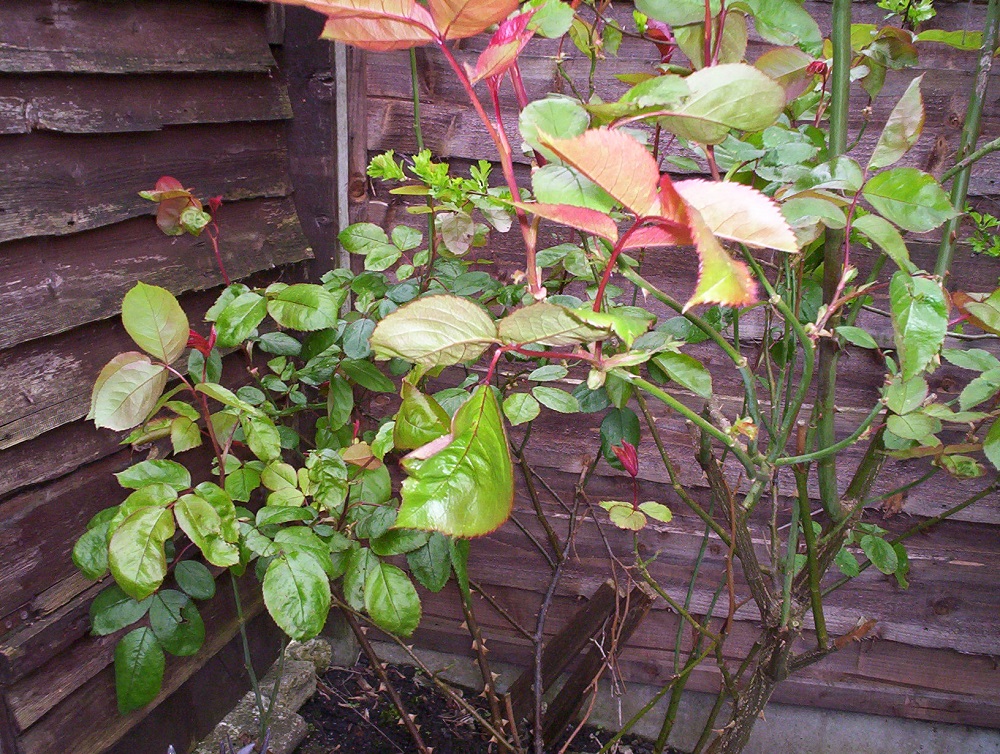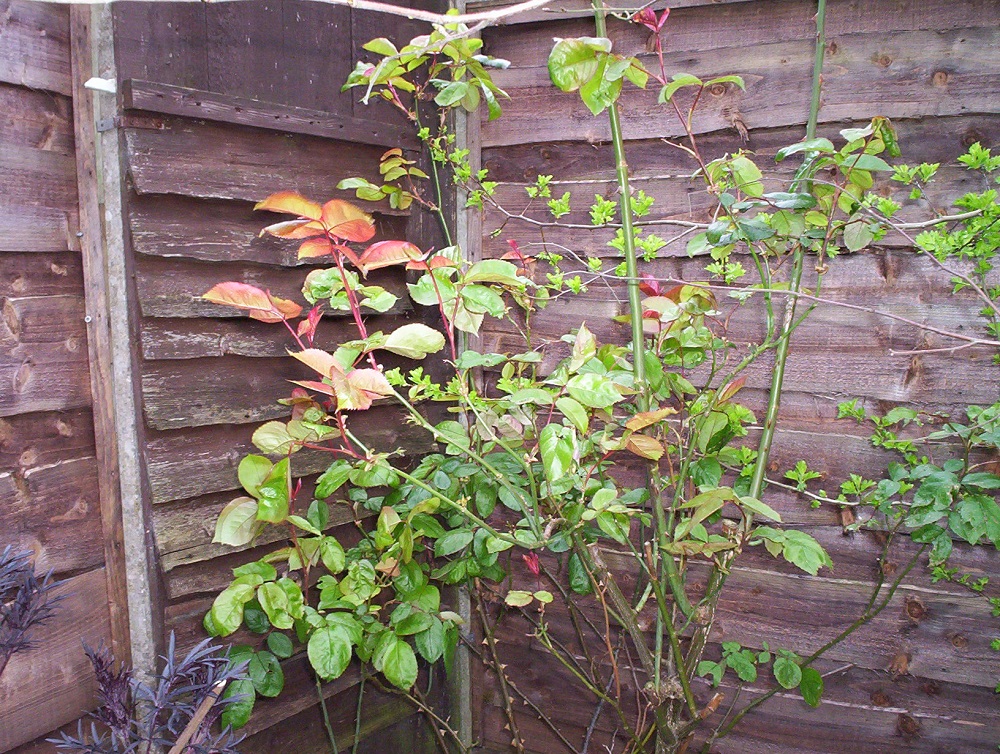I have trialled this over about 2 years and I am convinced it works.
In June 2017 one of my climbing roses was ravaged by ‘black spot’ and it was completely devoid of foliage.
The pundits reckon that the fungus is splashed onto the plant when it rains but I don’t agree. The black spot was on leaves 8 feet up, and I was not convinced that the spores blow about on the wind either. Another climbing rose about 12 feet away was unaffected. I came to the conclusion that the fungus is getting into the plant through the root system.
I make home brew wine and thought that if the “Campden Tablets” stop wild yeast and prevent fungal growth they might stop the black spot. I had nothing to lose by trying out my theory; the rose would have died off anyway.
I cut the rose back to about 3 feet high. Then I dissolved two Campden tablets in a drop of water, put the solution in a gallon watering can and filled it up. I drenched the remaining stems and the soil around the roots. I did this every 3 days to make sure any fungus was not missed. If it rained after I’d watered the rose I did it again – just in case the treatment had been washed away.
After a few days new growth appeared. It looked very healthy, the leaves were lush and there were no signs of any black spot. I then watered it once a week for 6-7 weeks with the solution. Once it was obvious the rose was free of any infection I reduced the treatment to every 2-3 weeks. The rose looked very healthy and seemed to thrive on the Campden tablets. As autumn arrived I stopped.
I then watered it once a week for 6-7 weeks with the solution. Once it was obvious the rose was free of any infection I reduced the treatment to every 2-3 weeks. The rose looked very healthy and seemed to thrive on the Campden tablets. As autumn arrived I stopped.
Around February of 2018 I noticed that moss on the path was starting to sprout which made me think that the black spot might be waking up as well so I mixed the same solution as last year and watered the rose again, treating it roughly every 2-3 weeks. Throughout 2018 the rose remained clear of black spot. I did the same again in February of this year, (2019) and I will keep up the same routine as before. You can see from the pictures the rose looks healthy.
Throughout 2018 the rose remained clear of black spot. I did the same again in February of this year, (2019) and I will keep up the same routine as before. You can see from the pictures the rose looks healthy.
The time period I chose is not scientific. If you try it yourself use your own judgement as to what feels right. Only you can gauge the results on the plant you’re treating.
Campden tablets do not dissolve quickly. Put two tablets in a meat paste jar with about 1 inch of water in the bottom, seal it up and leave for ½ an hour. By then, they will have dissolved and the solution can be poured into the watering can.
Additional tips for rose care:-
Cutting them back will take away a lot of the infected wood so for a season or two they should stay cleaner. Removing fallen leaves promptly to prevent them rotting back into the soil will also help limit the spread and keep black spot at bay.
Try a watering feed that’s high in phosphate, such as Uncle Tom’s rose tonic. Alternating every couple of weeks with an organic seaweed feed should not only boost healthy growth but also keep disease at bay. The seaweed seems to harden up the foliage which drives a lot of fly / aphid activity away, leaving other softer leaf plants as an easier target for them. A healthy rose in full bloom – what’s not to like?
A healthy rose in full bloom – what’s not to like?